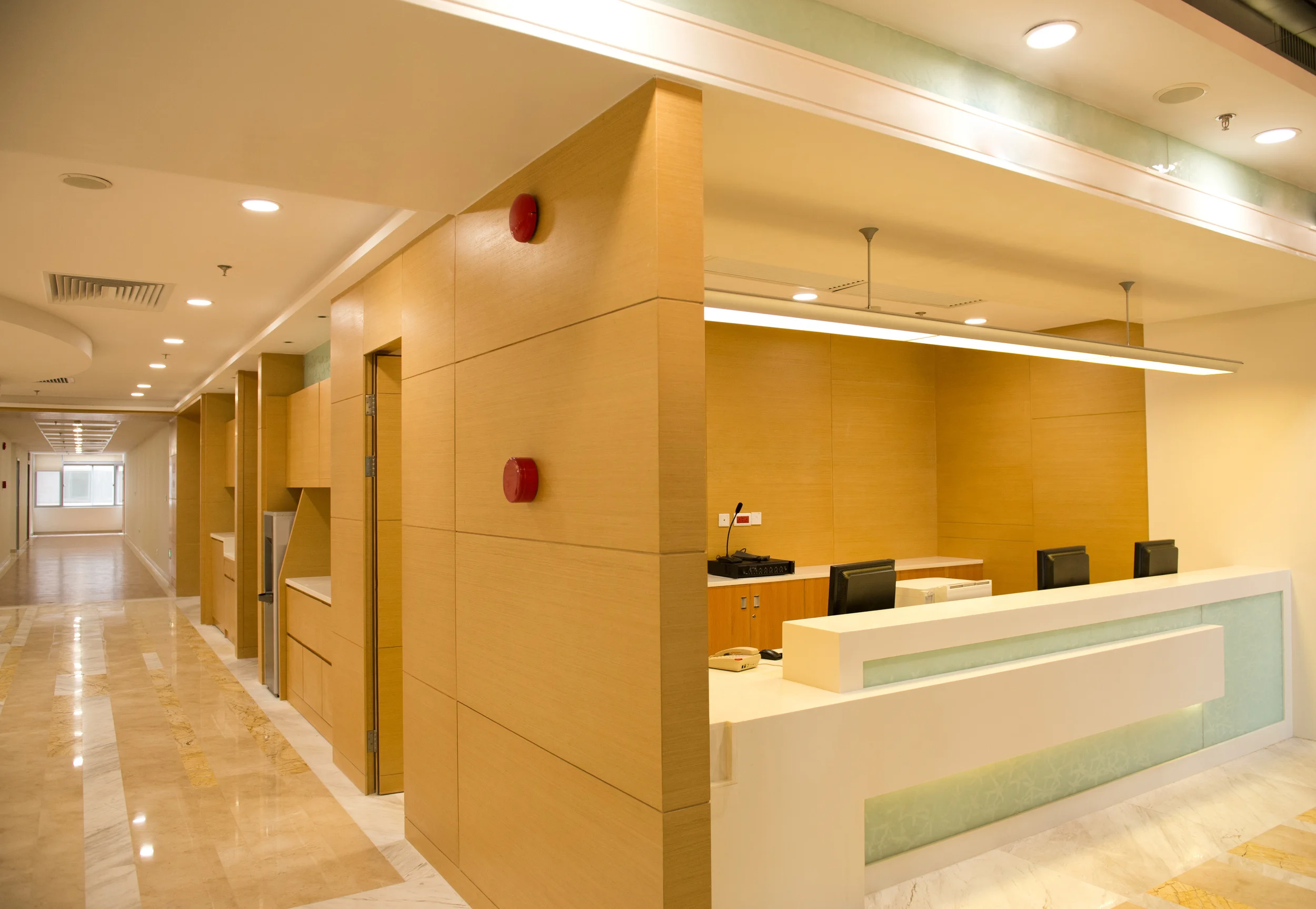You can’t talk about the healthcare industry today without bringing up wellness, a concept that’s been nudged to the forefront by reform, the aging population, and the demands of a more competitive market. Healthcare that focuses on total, lifelong health and not just sickness and emergencies is a rallying cry with no end in sight.
It seems simple enough, but when considering the design implications, it can get overwhelming pretty quickly. We knew we wanted to cover wellness as a topic in the magazine this year, but when the editorial team sat down to discuss it, we first had to define our terms. When you apply wellness thinking to the built environment, what does that mean, exactly? Fitness centers? Education centers within hospitals? Walking trails?
Or what about the building itself—maybe we should be talking about materials, FF&E, and building practices that are environmentally friendly, promoting a healthier climate overall for consumers? That’s wellness, too, right? And don’t forget the staff. What are we doing to improve their wellness in the healthcare setting?
Then there’s the community outreach aspect, going beyond promoting wellness for patients and consumers already in the system. Healthcare providers are taking this challenge on, as well, and we need to consider the role of the built environment in meeting those goals.
It’s a big, multifaceted picture, and so we’ve given over a sizable portion of Healthcare Design's May issue to consider the different angles. (Watch the site for these stories to begin posting later this week.) And yet we can still only scratch the surface, as the possibilities to bring the wellness message to the masses are limitless.
Healthcare providers and medical and healing professionals are perfectly poised to take advantage of the zeitgeist and do more for their communities in a positive, life-enhancing way. And healthcare designers should be thinking about creating the perfect spaces in which to do so.

